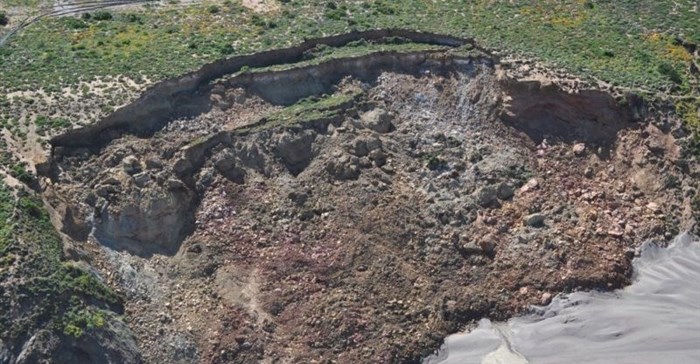
Top stories






LegalKenyan court postpones case seeking to halt Diageo's $2.3bn sale of EABL
Duncan Miriri and Emma Rumney 2 days
More news












Shortly after Mantashe’s second visit to the community erupted in chaos, the Department of Mineral Resources (DMR) issued a statement saying that the survey is in line with one of the outcomes of the court judgment of the High Court in North Gauteng last year, which called for thorough consultation with the Xolobeni community prior to any granting of a mining right.
“On the basis of the outcomes of the survey, we will then take a firm decision on the way forward,” Mantashe said in the statement.
If the community says no, there will be no mining. If the community says yes, mining will proceed. “Whichever right-owner is granted the licence to mine must also adhere strictly to the provisions in the MPRDA and Mining Charter, including implementation of social and labour plans,” the statement continued.
However, as the ACC says in a statement issued the day before Mantashe’s visit, surely the fact that 68 of 74 homesteads in the area joined the litigation against DMR points to the community’s feelings on the mining issue?
History speaks for itself. Communities have generally come off worse in South Africa’s mining story. Hence, the inclusion of social and labour plans (SLPs) when mining companies apply for a mining right with the DMR. The document lays out what community projects the company will undertake to improve the lives of the people who live there. It’s a form of social and restorative justice.
Oxfam South Africa released a report to coincide with the Xolobeni judgement in November illustrating that in many instances an SLP is literally not worth the paper it is written on.
The report relates the impact of mining operations by Tormin had on small community of the Matzikama on the Cape west coast when the company breached the conditions of its mining licence. Tormin is a subsidiary of MRC (yes, the same company seeking mineral rights in Xolobeni) it commenced mined minerals, including zircon and magnetite, in 2015. Within three years of operation, the mine had breached that 15km boundary to the point where a 17 metre cliff below it collapsed.
“Given that hundreds of mines operate in South Africa (there are nearly 300 in the North West province alone), the potential for Social and Labour Plans [SLPs] to begin to address some of the socio-economic challenges that communities living near mines face, is obviously significant. But are they doing so? Sadly, evidence collected so far by a number of research institutions strongly suggests that they are not,” Oxfam said in its report.
No wonder the ACC is fighting tooth and nail to preserve its way of life. But it still doesn’t answer the question of why Mantashe is pushing so hard on the Xolobeni issue.
